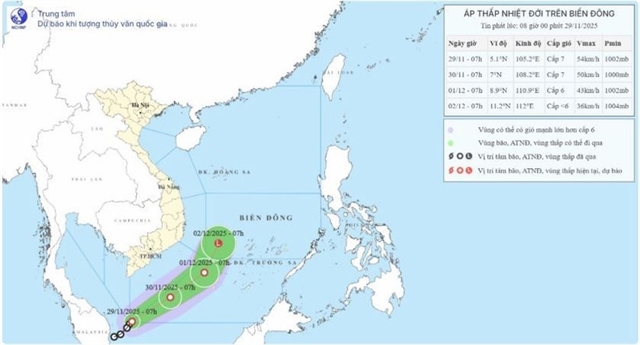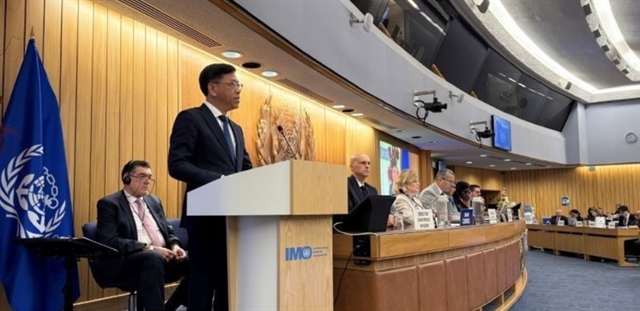) Media-OutReach Newswire
Media-OutReach Newswire

SINGAPORE - MediaOutReach - 6 November 2019 - A survey from the InternetSociety, a global non-profit dedicated to the open development, evolution anduse of the Internet reveals that nearly all consumers (96%) in APAC depend insome way on "Big Tech" companies for their products and services for theironline activities, but are uneasy with this dependence.
This year's Asia PacificInternet Policy Insights surveyed more than 1,300 people from across 39economies in the region. The study focused on consolidation in the Interneteconomy with the goal of understanding the growing influence of a handful of dominantplayers in the online world. The survey also delves into how this is shapingthe online landscape and the functionality of the Internet.
With virtually all (96%) respondents highlightingtheir dependence on large platforms, it is clear that the largest players aredominating vast swathes of the Internet. This includes Facebook and Tencent insocial networks, Google and Baidu in search, and Amazon and Alibaba in onlineshopping.
The study notes that the success of these online platforms is linked toconvenience and the ease of access to products and services.
Consumers are also keenly aware that they will have a tough time findingalternatives for the services provided by these companies. Just 5 out of every100 respondents believe it would be very easy to find a suitable replacement. Andonly a third of those surveyed (34%) felt that they had more choices today thanthey did 5 years ago.
APAC Consumers Want More Choice, But Fear theUnknown
Despite the current dependence on Big Tech, the majority of consumers inthe region would like to see more choice in the market, with 60% of thosesurveyed highlighting that they would like to have the ability to chooseproducts and services from more than just five companies. This translates towanting more choice from both big and small companies.
The top five categories that consumers would like to see more choices inare:
1. E-commercewebsites
2. SearchEngines
3. Social MediaPlatforms
4. EmailProviders
5. MessagingApps
However, whilst they may wish to see increasing choices, consumers in theregion remain unconvinced that smaller alternatives are safe. Only 16% of thosesurveyed indicated having high or very high levels of trust for small companieson the Internet. This is versus 53% who felt the same about big companies onthe Internet.
The Asia-Pacific Policy Survey found that security has come out tops onceagain with security and trust the main concerns for the region's Internet usersfor the third year in a row. However, in addition to the issue of security,consumers are also beginning to pay more attention to the need for consumerprotection.
For the first time since the survey started in 2014, Internet users havecited consumer protection as a top-five concern, in terms of public policy. Thenew focus could signify rising awareness of the need for consumer rights to beaddressed.
The top five Internet-related policy issues, as cited by respondents,this year are:
"This year'sreport will help policymakers and other decision-makers in the regionunderstand that digital consolidation involves a complex set of issues. Whilepeople benefit from big tech's products and services, they are clearlyconcerned about associated security and privacy threats, and they also wantmore choice," said Rajnesh Singh, APAC Regional Director of the InternetSociety.
"The desire of Internetusers in the region to have a variety of service providers to choose fromsuggests that policymakers need to make sure that policies targeted atdeveloping the digital economy do not favour only the large players, but nurtureand cultivate small-and-medium-sized firms," he adds.
Earlier thisyear, the Internet Society published the 2019Global Internet Reporton this issue as a starting point for exploring whether the Internet economy isconsolidating and, if it is, what the implications might be for the future ofdigital communications, connectivity, and commerce.
Founded byInternet pioneers, the InternetSociety is anon-profit organization dedicated to ensuring the open development, evolution,and use of the Internet. Working through a global community of chapters andmembers, the Internet Society collaborates with a broad range of groups topromote the technologies that keep the Internet safe and secure and advocatesfor policies that enable universal access. The Internet Society is also theorganizational home of the Internet Engineering Task Force (IETF).
Survey Methodology:
1,322 individualsfrom 39 economies across Asia-Pacific answered the survey which was conductedon Survey Monkey from July 1-July 31, 2019. It was divided into three mainsections: first set of questions aimed to solicit views on consolidation in theInternet economy, while the second section sought to identify the topInternet-related policy concerns in the region. The third section helped todetermine the profile of the sample population.
Over half of therespondents self-identified as residing in or originating from South Asia(56%), with the rest coming from South-East Asia (21%); Australia, New Zealandand the Pacific Islands (13%); and East Asia (10%). Respondents are scatteredacross all age groups, but lean towards a younger demographic--15% are 15-24years old, 31% are aged 25-34, another 31% are 35-44, and the remaining 23% are45 years or older. Respondents are quite evenly distributed across stakeholdergroups--25% are with the private sector, 22% with academia, 21% with thetechnical community, 20% with civil society (including non-governmentalorganisations, media, individuals and students) and 12% with government.




